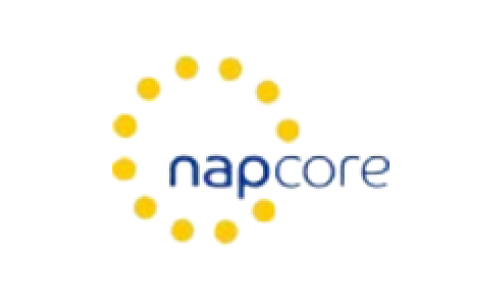
NAPCORE
• Date: April 2021 – December 2024

National Access Point Coordination Organisation for Europe
NAPCORE pursues the harmonisation of mobility data platforms across Europe. National Access Point (NAP) provide state-level mobility-related information. However, formats and configurations of NAPs differ between EU member states.
By following ITS Directive’s guidelines, the project aims to coordinate NAPs and National Bodies (NBs), facilitating mobility data exchange at the European level. In this regard, NAPCORE works together with road authorities and public administration to establish shared methodologies and strategies.
Check NAPCORE’s website
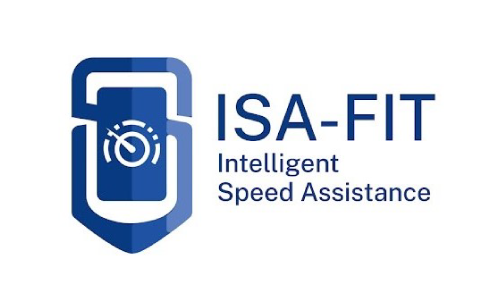
ISAfit
Intelligent Speed Assistance (ISA) retrofit solutions for cities and regions

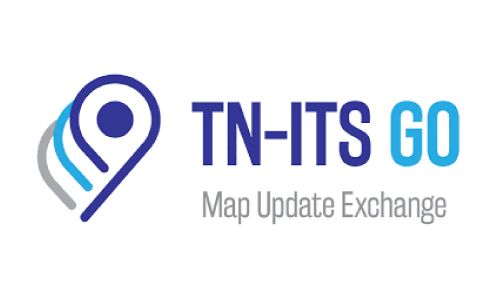
TN-ITS GO
• Date: January 2018 – 31 December 2021
• Funded by CEF (Connecting Europe Facility) grant

TN-ITS GO is a Programme Support Action (PSA) for the implementation and facilitation of seamless spatial data exchange which are essential for the deployment of ITS applications. The duration of the action is spread over 48 months, in order to give time to six new Member States to plan and implement carefully their ITS spatial data supply chain strategy right from the source (police decision, road maintenance,), all the way to the open TN-ITS interface and into the map database of the end user.
The Action will capitalise on the pre-existing knowledge and expertise of the TN-ITS initiative, which has already resulted in operational services in Sweden, Norway, Finland and Flanders. Other piloting efforts are ongoing in France, UK, and Ireland but not operationalised yet. Part of this Action invests in these past efforts in order to further consolidate the operational services covering increasing part of the TEN-T with the most relevant ITS attributes and increased quality. Also, the most advanced services will now work on the feedback loop from map makers to road operators which has not been tested so far.
The action is focusing on realising operational exchange of operational data on the TEN-T network and its interface to other road networks but the exchange mechanisms put in place by the Member States should be scalable and extensible to the whole network.
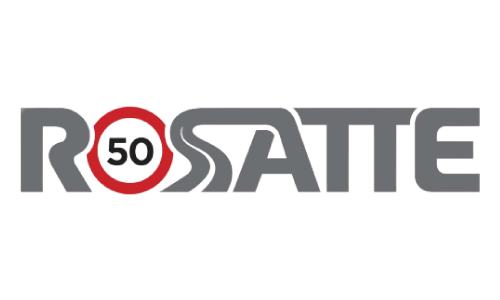
ROSATTE
• Date: January 2008 – June 2010 (30 months).
• Founded through DG INFSO and coordinated by ERTICO.

Road Safety ATTributes exchange infrastructure in Europe
Mission: Establishing an efficient and quality-ensured supply chain for information on safety-related road attributes, from public authorities to commercial map providers and other road data users, with a focus on changes in the concerned attributes rather than full data sets.
The ROSATTE project emerged as a solution for providing access to data, especially to timely incremental updates non-existing before, generating a data chain for large-scale exploitation of in-vehicle road safety applications. To achieve this, it developed the enabling infrastructure and supporting tools to ensure European access to road safety attributes, including incremental updates to facilitate administrative internal functions as well as supply of data to third parties e.g safety-relevant services.
It aimed to establish an efficient and quality-ensured data supply chain from public authorities to commercial map providers regarding safety-related road content. To do so, it considered national organisation issues and technical interoperability, including a large number of road authorities and motorways operators, both with and without national road databases. The project provided appropriate procedures and tools to be implemented by road authorities (data owners) at the different levels (national, regional, and local) concerning their organisational, as well as a legal framework and an adapted harmonised data exchange infrastructure.
Objectives:
- Facilitate access to exchange and maintain European-wide core road safety spatial data from national/regional/local sources by standard procedures
- Enable multi-level aggregation and update of European-wide safety map data
- Assess the technical and organisational feasibility of this infrastructure.
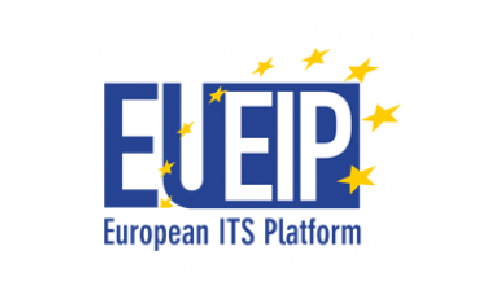
EU-EIP
• Date: 2016 – 2021
• Co-funded by the Connecting Europe Facility of the European Union

European ITS Platform
EU EIP is a European platform for collaboration between Road Authorities, Road Operators, National Ministries and partners from the private sector on Intelligent Transportation Systems (ITS) for roads. It aims to foster, accelerate and optimise ITS deployments on the main road network in Europe. For this, it involves most of the EU Member States.
The platform serves as a “forum” to provide valid contribution for the future strategy and policy recommendation for better development of ITS service along European road Corridors.
Check EU EIP’s website
